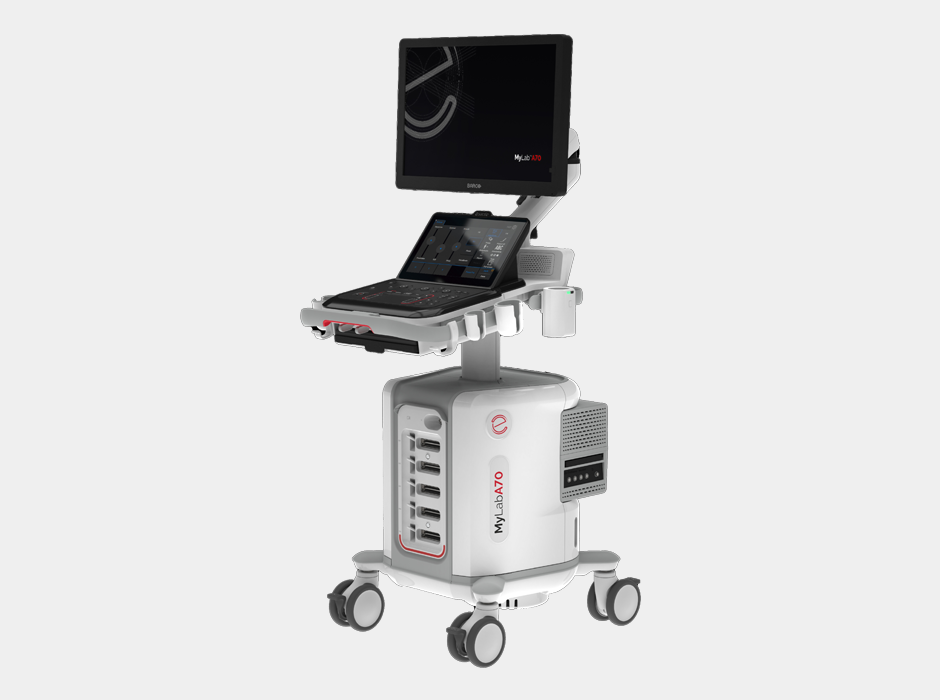A new diagnostic device designed by Philips is able to quickly diagnose patients who have experienced a heart attack, at the point-of-care. The Minicare I-20 device takes just 10 minutes to detect protein changes in a drop of blood, which are indicative of a heart attack.
Compared to the 60 minute wait time for lab-generated results, the diagnostic device could significantly improve the time it takes for a physician to diagnose a heart attack. The medical device could be used in the emergency room, where patients presenting with chest pains could be administered the test while their medical history is being recorded.
The diagnostic device measures a patient’s levels of cardiac troponin I, a protein that is produced by the heart following a cardiac episode, such as a heart attack. According to Philips, the diagnostic device generated comparable results to more time-consuming lab tests.
In order to diagnose a heart attack, physicians are most often required to test a patient’s blood for the cardiac troponin biomarker. As 90 percent of patients who go to the emergency department with chest pains remain undiagnosed after an electrocardiogram, this diagnostic is an important tool to help doctors make treatment decisions.
“Blood samples are usually analyzed in the hospital laboratory, which can easily take more than an hour to get the result back to the emergency department physician,” said Dr. Paul Collinson, consultant chemical pathologist at St. George’s University Hospitals NHS Foundation Trust in the UK. “Point-of-care testing can significantly help to reduce the turnaround time.”
Fast diagnosis and beginning a course of treatment are especially important when it comes to high-risk cardiac patients, including those with Acute Coronary Syndrome. Early diagnosis is associated with improved patient outcomes and decreased mortality among heart attack patients.
Physicians often must wait up to 6 hours before making a decision to discharge or admit a patient to the hospital for further observation. According to Philips, the Minicare I-20 could reduce this diagnostic protocol by up to 50 percent.
“Minicare I-20 is designed to help care providers to reduce time to treatment and reduce time to discharge of patients, thereby helping to decrease crowding in the emergency department and leading to better use of hospital resources,” said Marcel van Kasteel, CEO of Handheld Diagnostics at Philips. Both multicenter clinical trials and real-life emergency care situations were used to test the performance of the diagnostic device.












Join or login to leave a comment
JOIN LOGIN